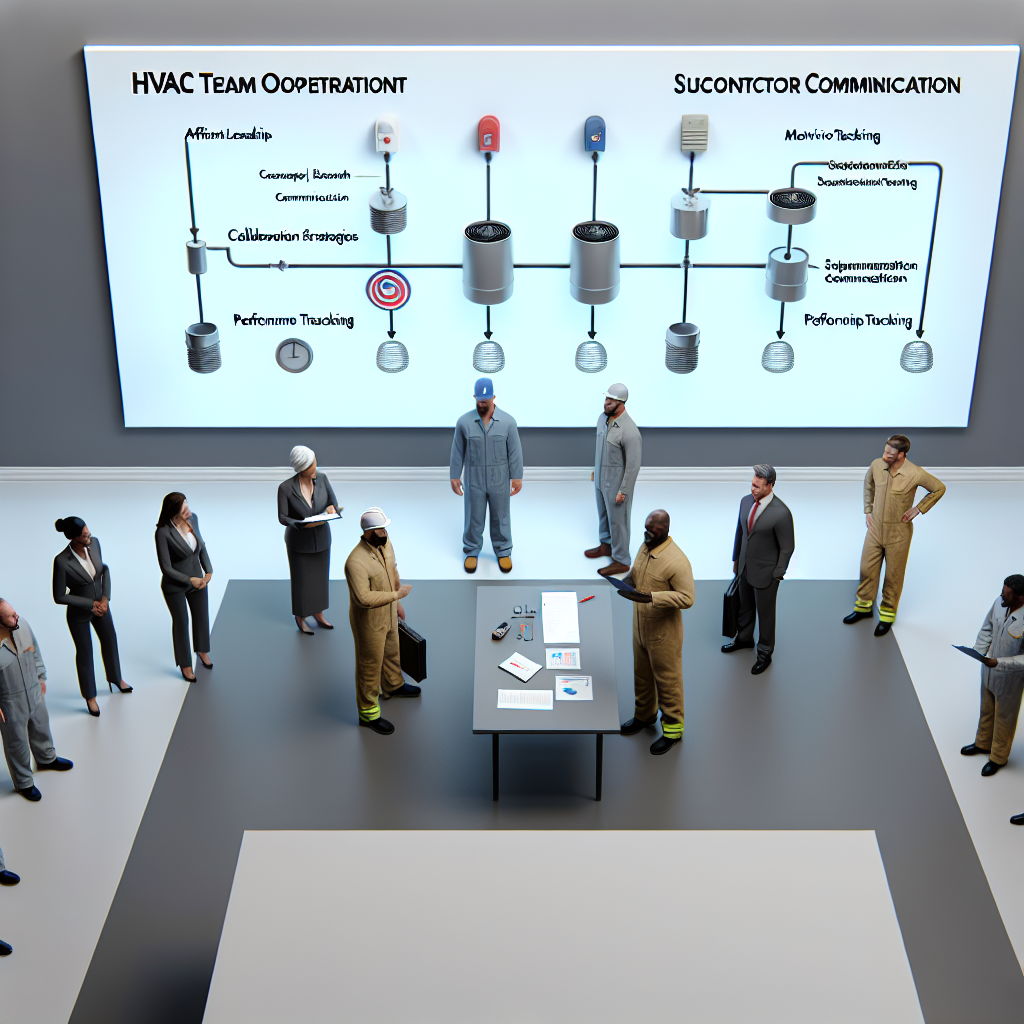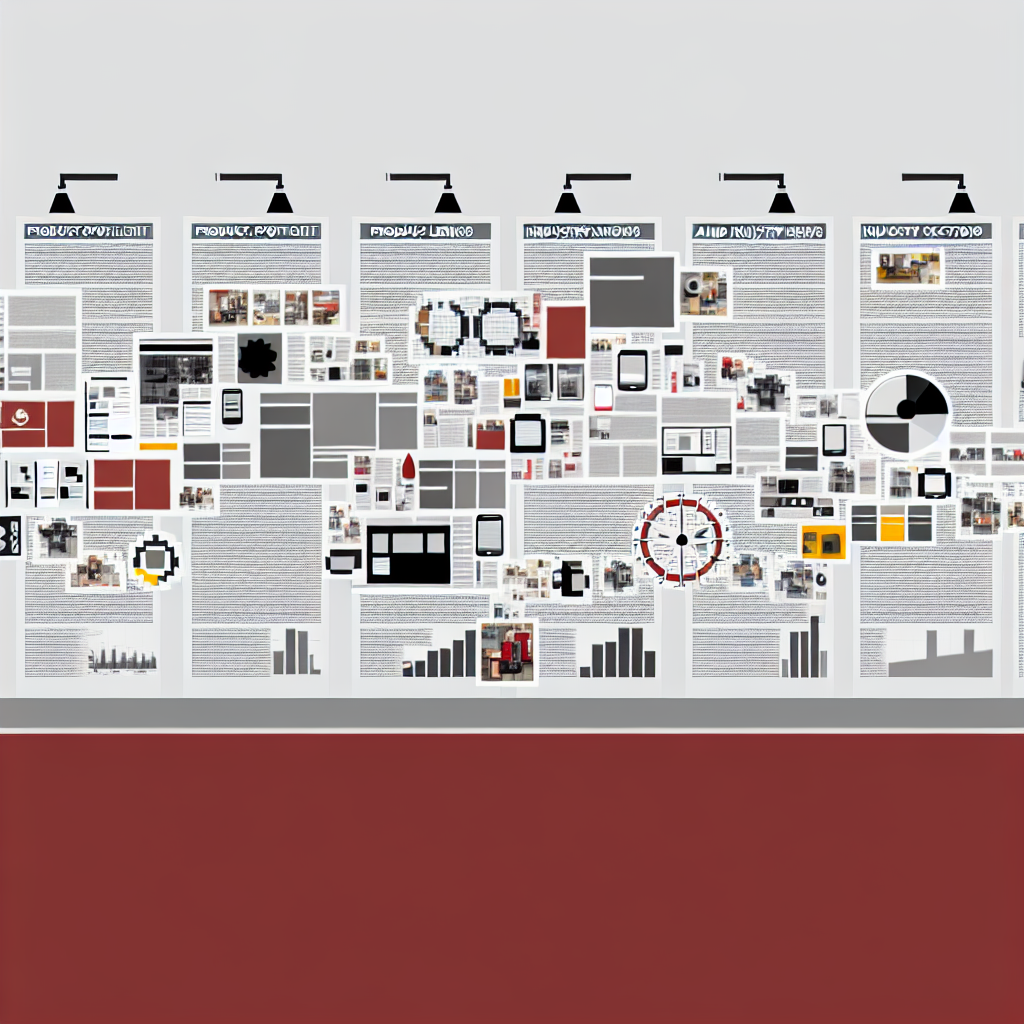Preparing for HVAC Regulatory Changes with Specialized Training Programs
As we step into 2025, the HVAC industry is gearing up for significant regulatory changes. With the U.S. Environmental Protection Agency (EPA) banning refrigerants with high Global Warming Potential (GWP), it’s crucial for you to stay ahead of the curve. This means transitioning to A2L refrigerants like R-454B and R-32 in new residential air conditioners and heat pumps. If you’re wondering how to navigate these changes, specialized training programs are your best bet.
Understanding the Impact of Regulatory Changes
The shift to environmentally friendly refrigerants is expected to hike prices by at least 20%. This is due to the necessary updates in equipment designs and installation practices. As a professional in the field, you need to be prepared not only for the technical changes but also for the economic impact on your business.
The Importance of Specialized HVAC Training
With a projected shortage of up to 225,000 HVAC technicians, the demand for skilled professionals is greater than ever. Specialized training programs are essential to bridge this gap. They provide you with the knowledge and skills to handle new equipment and comply with regulatory standards.
Programs like those at the Electrical and HVAC/R Training Center are designed to equip you with the necessary certifications, such as EPA 609 training, HVAC compliance training, and HVAC technician certification.
Key Benefits of HVAC Training Programs
- Stay compliant with the latest HVAC environmental regulations.
- Gain industry-recognized certifications to enhance your career prospects.
- Learn best practices for installing and servicing new refrigerant systems.
Adapting to Market Trends
Did you know that 61% of homebuyers prioritize energy efficiency? With a 9% rise in buyers seeking energy-efficient homes, offering eco-friendly systems can set you apart from the competition. Compliance with these new standards not only meets market demand but also positions your business as a leader in sustainability.
Financial Considerations and Training Costs
Investing in specialized training programs can be a significant financial commitment, with costs around $13,736. However, financial aid options are available to ease this burden. Consider this investment as a stepping stone to future-proofing your career in the evolving HVAC landscape.
To get started with your training journey, visit Mar-Hy Distributors for more information on compliant products and services.
Conclusion
As the HVAC industry evolves, staying informed and prepared is crucial. Specialized training programs offer a pathway to compliance and success in this dynamic field. By investing in your education and adapting to regulatory changes, you can ensure your business thrives in the years to come.
Ready to take the next step? Contact a training provider today to explore your options and secure your place in the future of HVAC.
FAQ: Preparing for HVAC Regulatory Changes
What are A2L refrigerants? A2L refrigerants are low global warming potential refrigerants that are being phased in to replace older, environmentally harmful options.
Why is specialized training important? Specialized training ensures you are equipped with the latest knowledge and skills to comply with new regulations and handle advanced HVAC systems.
How can I finance my HVAC training? Many training programs offer financial aid options to help you manage the costs associated with obtaining necessary certifications.











